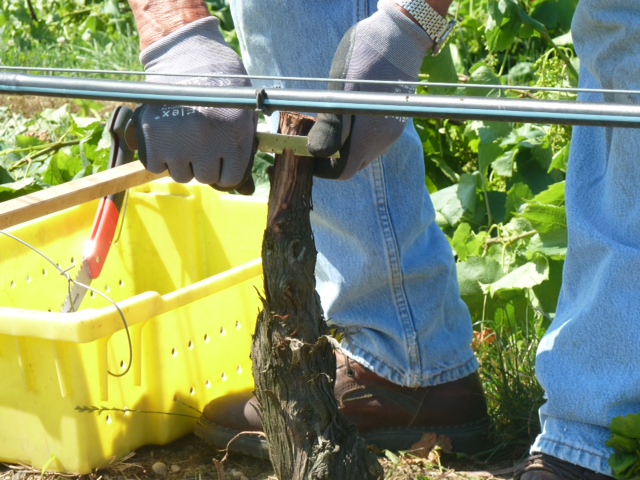Spend time with grape growers, and you’ll eventually hear them lament, “I’d love to rip X variety out of the ground and replace it with Y variety, but it would cost a fortune in time and money.” It’s true; the process of plowing up acres of vine, then planting new rows, can be cost prohibitive. I’ve heard from many winemakers over the years who tell me they’d love to get rid of their hybrid varieties. They’d love more riesling, for example. But it’s not like pulling up a Rose of Sharon and replacing it with a bed of Impatiens. Vineyard…
Replacing Unwanted Vines with Better Varieties: Field Grafting Offers Solution for New York Producers

